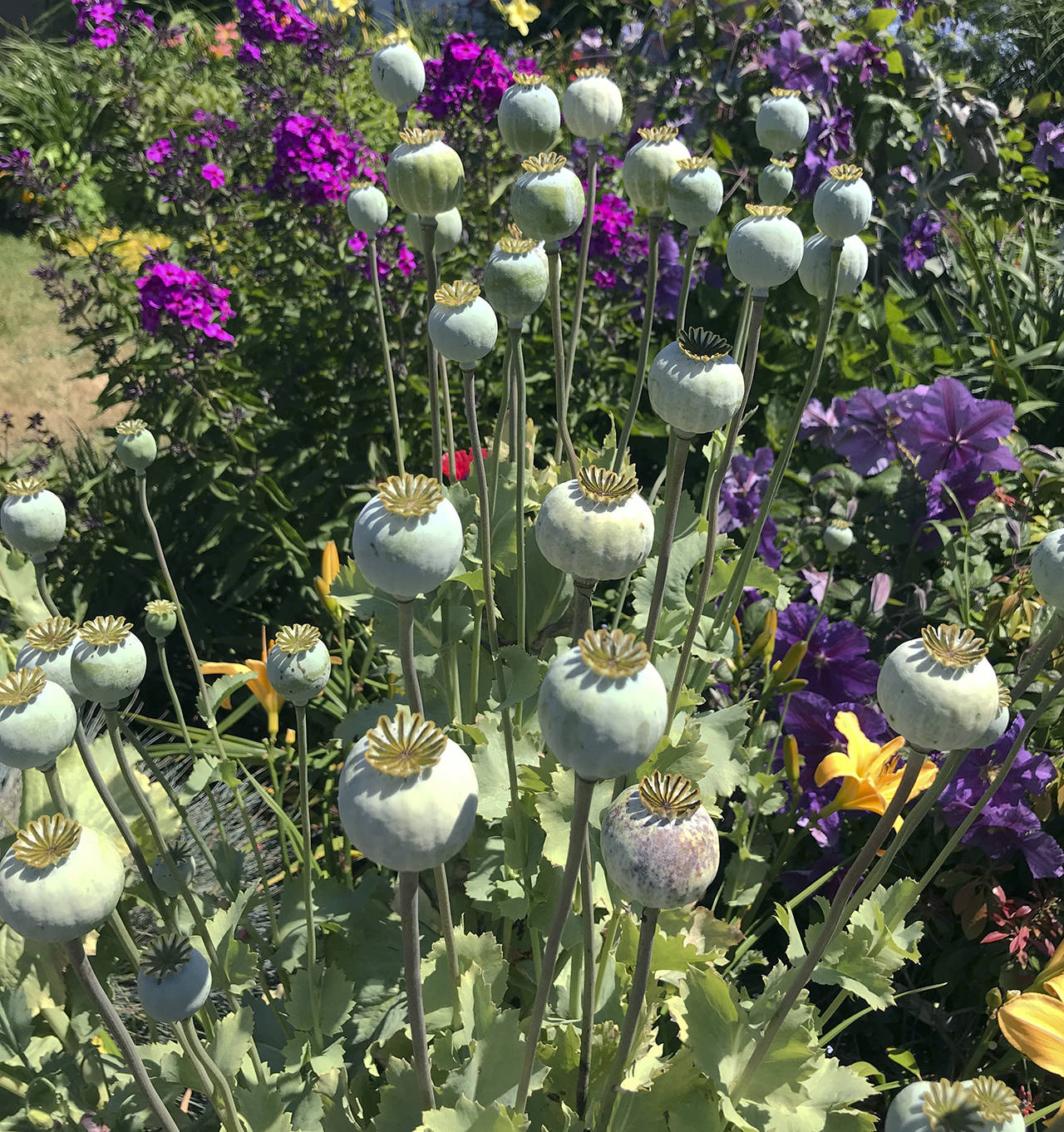Have you noticed more flowers being planted in vegetable gardens lately? That’s not just to be fancy. Those flowers are meant to attract pollinators such as bees, butterflies, birds and flies into the garden. Pollinated flowers will create mature seeds that we can harvest to plant or scatter in the garden the following year.
As we transition into fall, it’s time to begin the first harvest of the garden and enjoy what all that work was for. We can also harvest the seeds of some of those pollinated flowers to try next season.
The process of collecting and saving pollinator plant seeds is the same as for any seed flowers. Save any planting directions you used for your initial plant for reference. Make notes such as dates of planting and germination, soil temperature, sunlight, water schedules and weather. Note successes and failures for better results next season. It’s all about recordkeeping!
For best results, collect seed pods in a paper bag on a dry day in the early afternoon. Even if the pods are not quite ready, most will mature as they air-dry in the paper (not plastic) bags. Be sure to mark each bag with the name of the plant and date of collection.
When the seeds are dry, shake the bag to release seeds from pods. Sometimes it’s helpful to crush, cut or tear pods open.
Separate the seeds from their pods. You can use various sizes of tea or flour strainers to help. Sometimes tweezers are helpful, too.
Make sure seeds are thoroughly dry before storing. Any moisture will cause seeds to rot. Seeds can be saved in smaller envelopes that are clearly marked.
If you have a lot of any one kind of seeds, store in several envelopes in amounts you would like to swap or give away. Standardizing the size of your storage envelopes makes it easier to catalog and store your seed collection.
Keep packaged seeds in an airtight container in a cool dark place, such as a refrigerator.
Here are a few of my favorite somewhat deer-resistant pollinator plants that produce seeds that can be easily collected and saved:
Bellflower (Campanula carpatrica): Very small seeds easily confused with some poppy seeds. Annual. Blue, violet, or white. Plant either in spring or fall. Sow on the surface, as they need light to germinate. Blooms summer to fall. Collect seed pods in late summer. Attracts bees and hummingbirds. (Also attracts slugs.)
Marigolds and Calendulas (Calendula sp., Tagetes sp.): Larger seeds that may need tweezers to separate from debris. Annual. Yellow, orange, bicolor. Plant in spring. Blooms most of summer. Collect in the fall. Attracts butterflies and other beneficial insects. Marigolds may repel destructive insects.
Snapdragons (Antirrhinum majus): Annual. Orange, yellow, pink. Plant in late winter or late fall. Blooms spring and early summer. Gather seed heads late summer or fall. Attracts butterflies and bees.
Columbine (Aquilegia vulgaris): Perennial. Increases in size and display each season. Variety of bicolors. Plant in late winter. Reseeds easily. Blooms late spring to early summer. Collect in mid to late summer. Attracts hummingbirds and other birds, butterflies, and bees.
Lupine (Lupinus sp.): Larger seeds that are easy to collect. Perennial. Blue. Nick and soak seeds overnight before planting in late winter. May need more than one season to produce a strong display. Blooms early spring. Collect midsummer. Attracts bees and butterflies.
Poppies (Papaver sp.): Most produce small black seeds that are also edible, but some species produce very tiny seeds. Most are perennial; some are annual. Orange, red, salmon, pink. Plant early spring. Plant on surface, needs light. Annual species often self-seed. Blooms late spring to early summer. Collect late summer. Attracts birds and bees.
(Notes: Seeds planted on or just below the soil surface are often eaten by birds, so they will either need protection or overplanting so that you have some left to grow.)
Dauna Koval is a Master Gardener, Class of 2016. She originally preferred gardening from plant starts, but when she was given some seeds that grew into lovely pollinator flowers, she took up seed saving so she could share with other gardeners. To learn more about the WSU Master Gardener Program in Grays Harbor and Pacific Counties, visit pnwmg.org.



